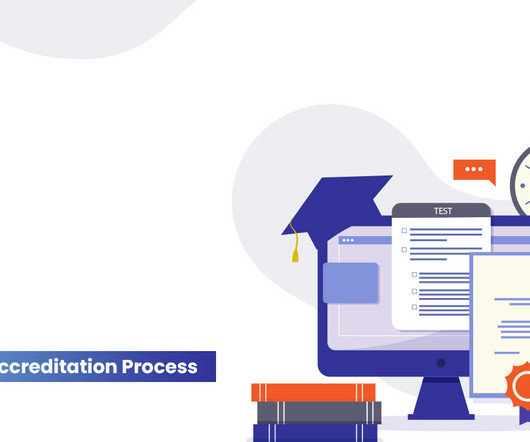Improving Higher Education Governance: The Changing Face of Higher Ed Part 3
The Change Leader, Inc.
APRIL 17, 2018
Part 3: Improving Higher Education Governance Improve your Higher Education Governance to lift your university or college up to higher levels of success. Higher education continues to be in the hot seat. New regulations are creating new opportunities.













Let's personalize your content